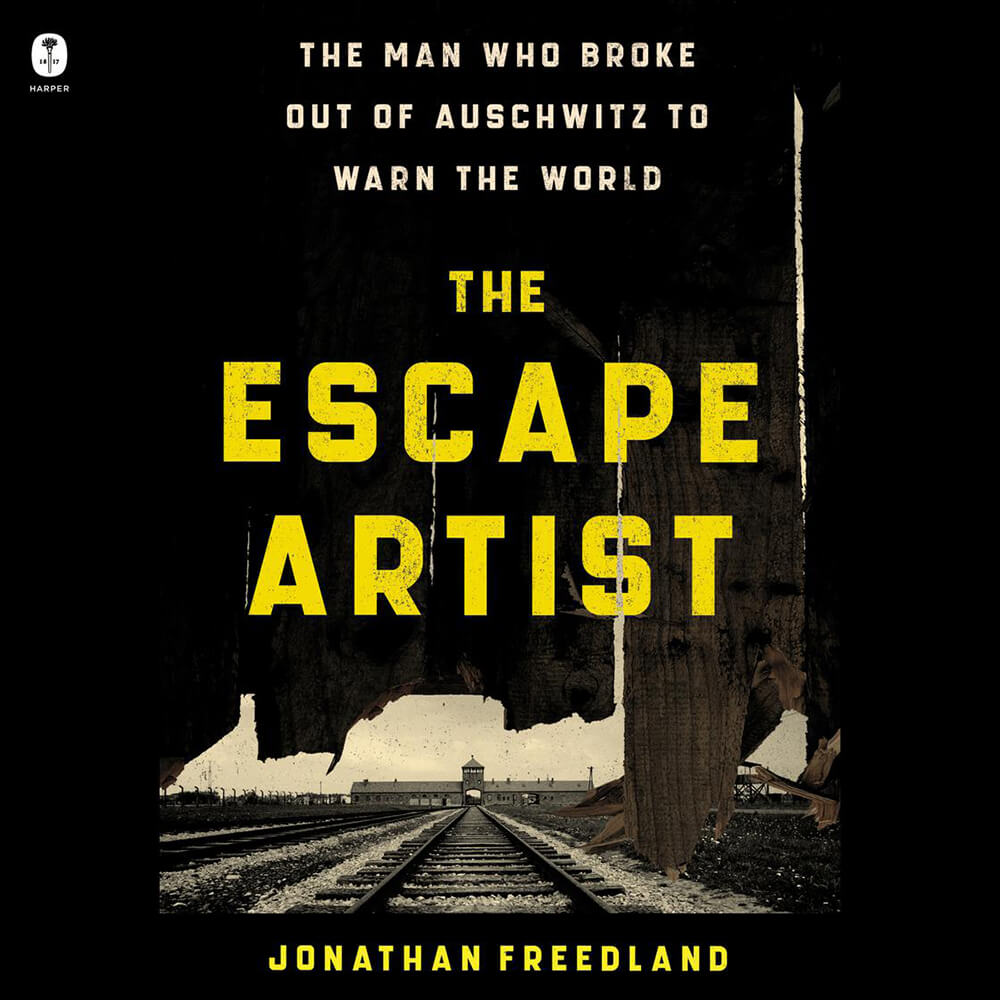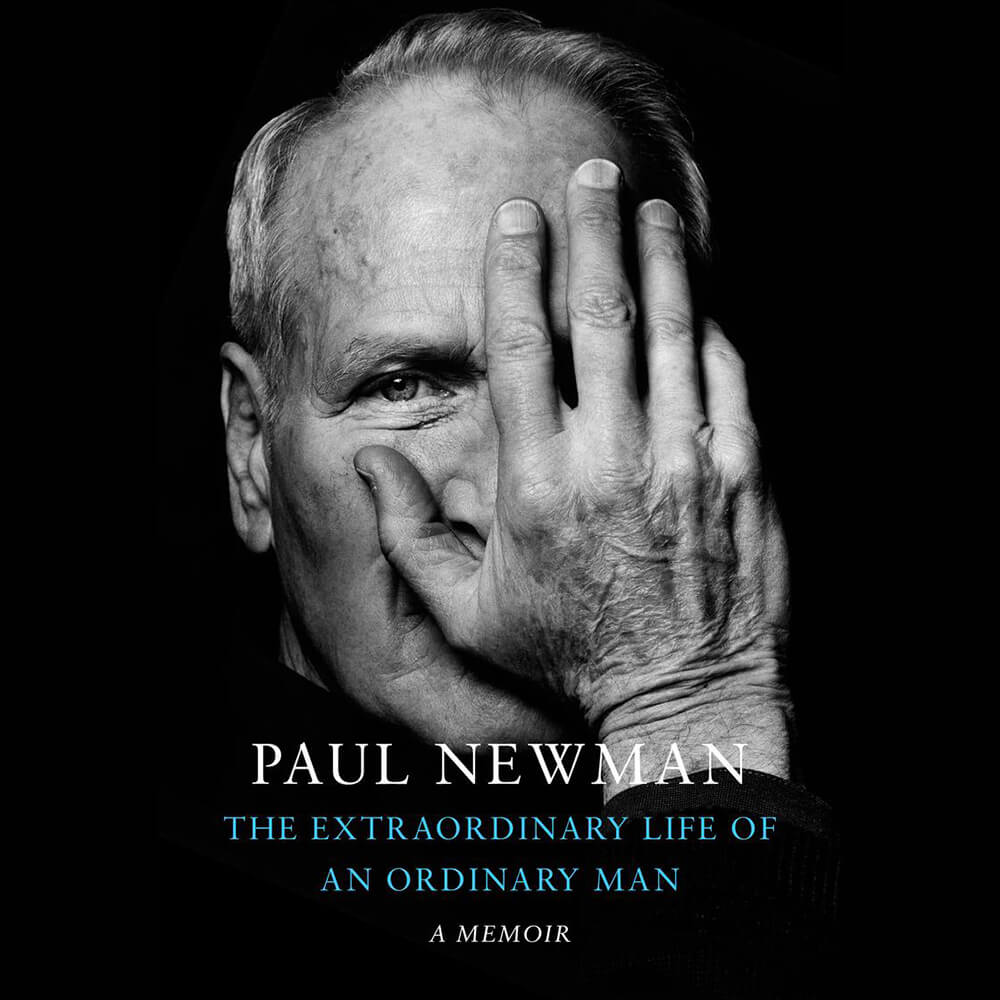Sixty-seven years after the savage murder of Emmett Till in Mississippi, his cousin still seeks some kind of justice. Haunted by the 1955 hate crime that ignited the civil rights movement, Reverend Wheeler Parker Jr. brings everything and everyone back to life in A Few Days Full of Trouble: Revelations on the Journey to Justice for My Cousin and Best Friend, Emmett Till. The title comes from the Bible—“Mortals, born of woman, are of few days and full of trouble” (Job 14:1, NIV)—and is aptly applied to the short life and violent death of 14-year-old Till, while also ironically relating to the decades of delayed and denied justice that followed.
Till’s murder became international news when his mother, Mamie Till-Mobley, insisted on an open casket at the boy’s funeral, inviting the world to see her mutilated son. People fainted, the press raged—and yet the two white men accused of his murder were soon acquitted by an all-white jury. Not that the men worried about their fate; during their trial, they were allowed to leave their jail cells for supper with their families, carrying guns. Four months later, Look magazine published “The Shocking Story of Approved Killing in Mississippi” by William Bradford Huie, which featured an exclusive interview with Till’s acquitted killers, Roy Bryant and his half brother, J.W. Milam. Milam admitted that they shot Till, tied a gin fan around his neck and rolled him into the river. Their confession earned them $4,000 and had no significant consequences.
Several investigations by the FBI and Department of Justice ensued, hindered by possibly racist politics and questionable sources. In 2017, Timothy Tyson published a bestselling book that contained a quotation from Carolyn Bryant Donham, the white woman who claimed that Till had accosted her at the grocery store, motivating her husband and brother-in-law to pursue and eventually murder Till. In the quote, Donham recanted part of her original story. Or did she? As the Mississippi district attorney worked to confirm the quote in Tyson’s book, evidence of the author’s conversation with Donham vanished—if it ever existed.
Parker, with the help of his co-author, Christopher Benson, takes a hard look at everything that has transpired since 1955, including Parker’s own feelings of guilt. He was there the night Bryant and Milam came for Till, but he survived and went on to become a barber, minister and major force behind the family’s effort to achieve justice and right the record. His is a vivid chronicle of racism in America, an intense read that may make some readers uncomfortable. Perhaps that is the point.
Anti-lynching bills struggled through Congress for years after Till’s murder. Finally, in March of 2022, President Joe Biden signed into law the Emmett Till Antilynching Act, making lynching a federal hate crime. As Benson writes in an afterword, “the work to achieve justice has just begun.”






























